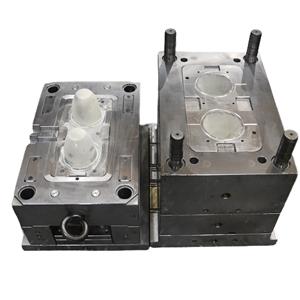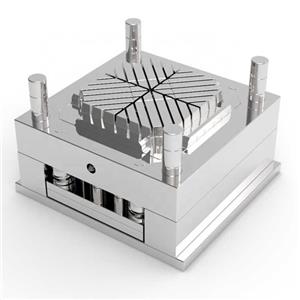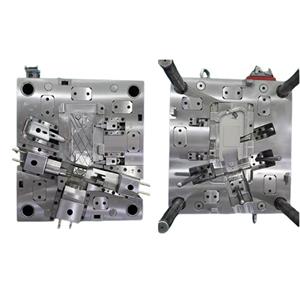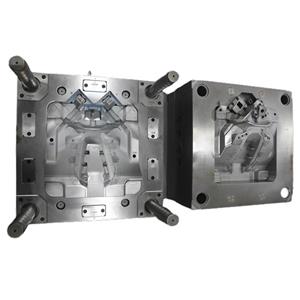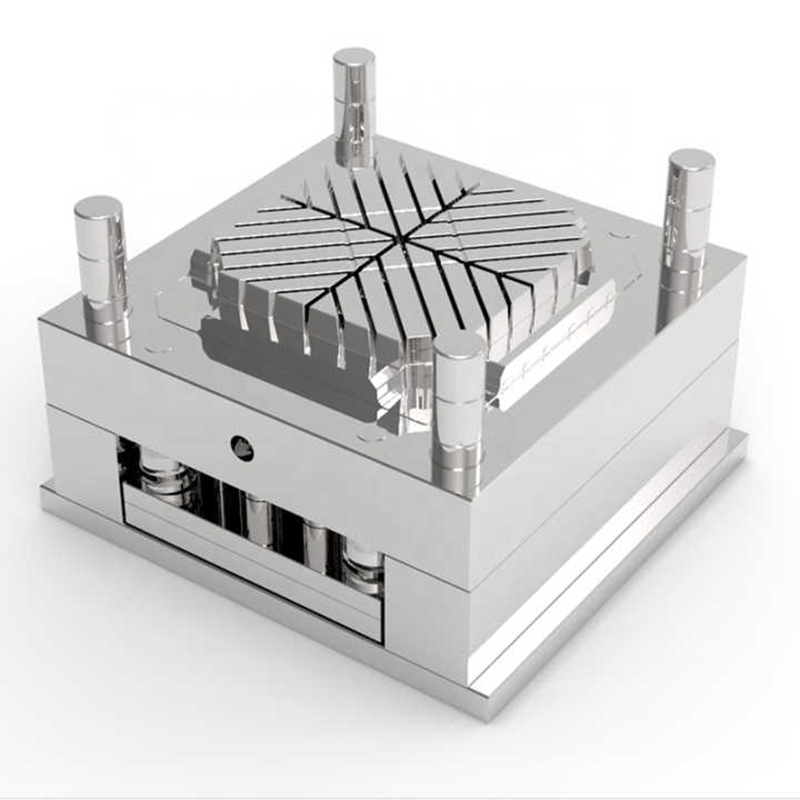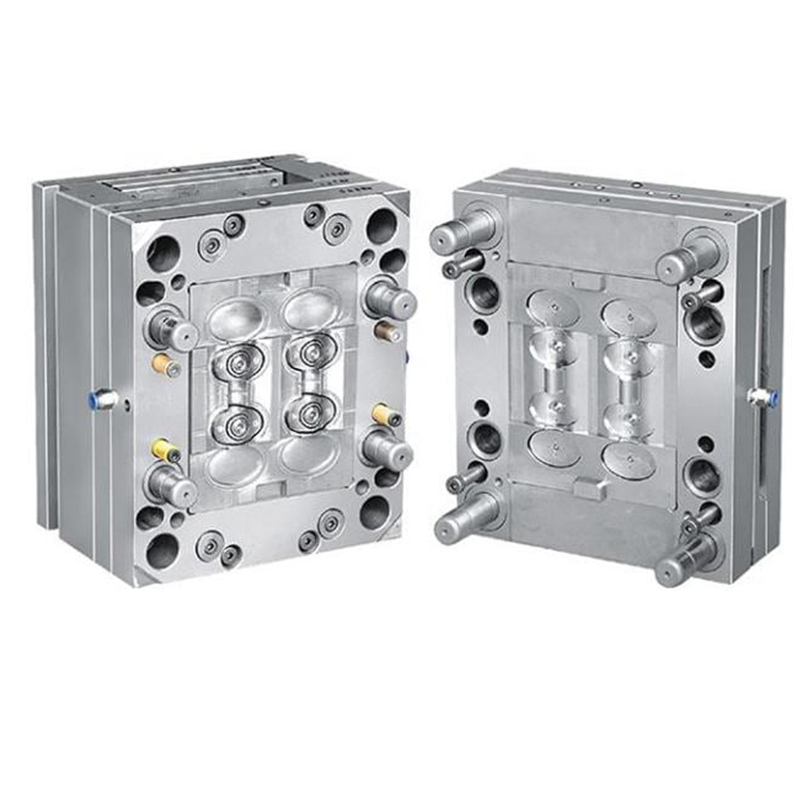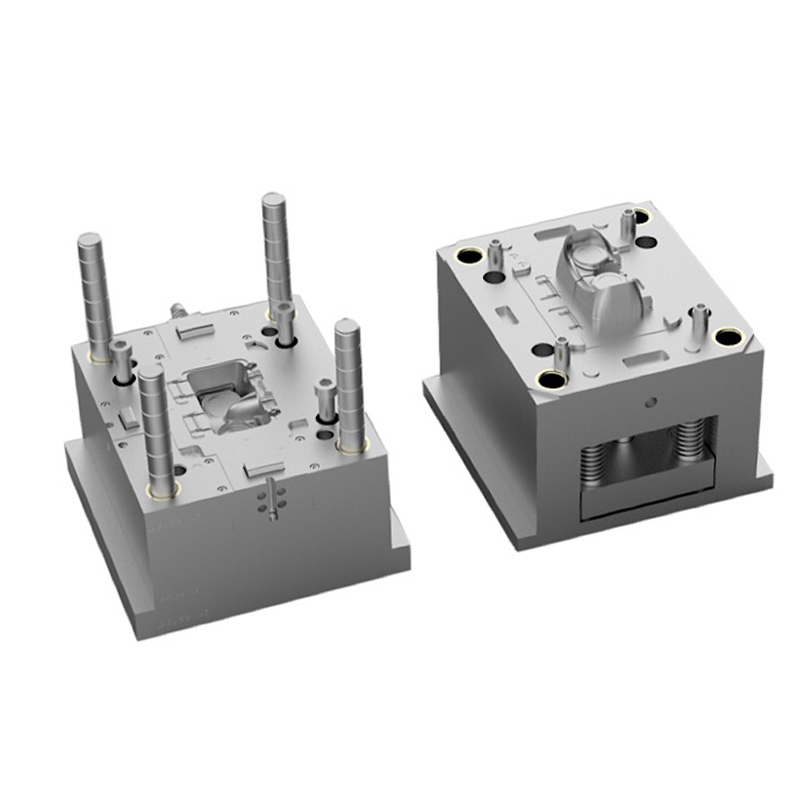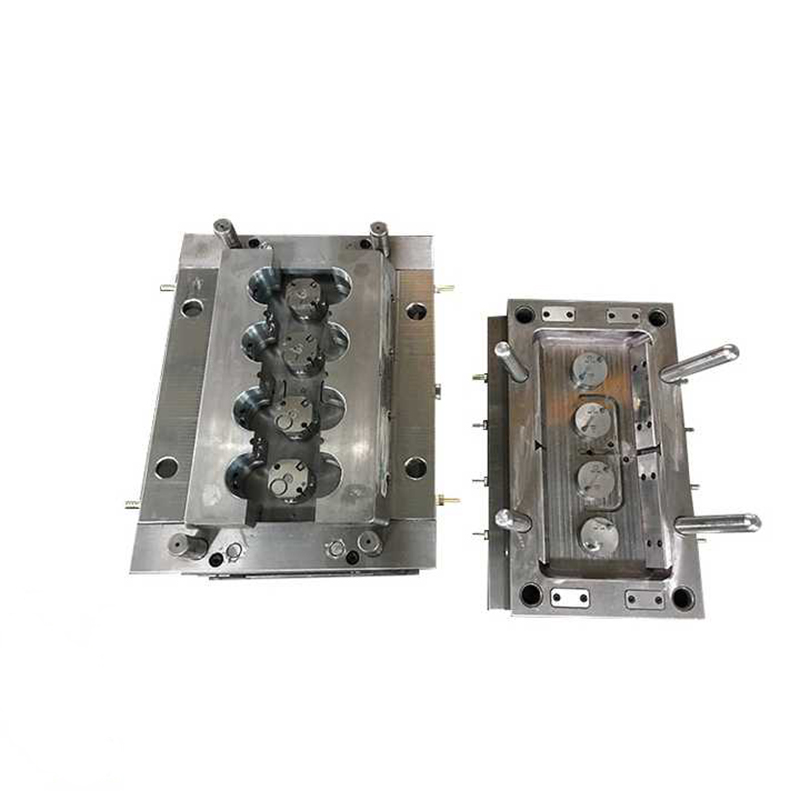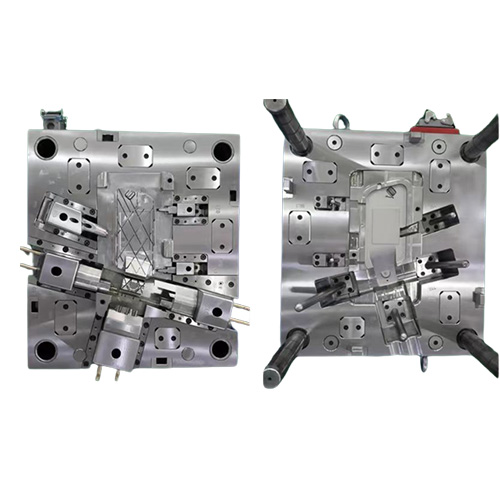
Electrical Prototype Rapid Injection Mold
Product origin China
Delivery time as customer requested
Supply capacity 20-40 sets/month
Part name: Electrical Prototype Rapid Injection Mold
Material: steel, P20 (1.2311), H13 (1.2344), S136 (1.2083), NAK80 (P21), 718 (1.2738), 420 (1.2083),420 (1.2083) etc.
Mould type: Prototype Rapid mold
Cavity&Core: steel, P20 (1.2311), H13 (1.2344), S136 (1.2083), NAK80 (P21), 718 (1.2738), 420 (1.2083),420 (1.2083) etc.
Mould base: LKM
Hot runner: needle nozzle direct on part, hot tip, etc.
Cold runner:tunnel gate
Tolerance: 0.05mm
Charactristic: Cost-effective, Design flexibility, material selection, Consistency and quality, Time and resource savings
Advantages of electrical prototype rapid injection mold:
1. Speed: Rapid injection mold allows for quick production of electrical prototypes. The molds are designed to be produced quickly, reducing the lead time for manufacturing.
2. Cost-effective: The rapid injection mold process is cost-effective for producing small batches of electrical prototypes. It eliminates the need for expensive and time-consuming traditional mold-making processes.
3. Design flexibility: With rapid injection molds, it is easier to make design iterations and modifications. This allows for quick testing and evaluation of different design concepts, leading to improved product development.
4. High precision and complexity: Injection molding enables the production of electrical prototypes with high precision and complex geometries. This ensures that the final product meets the required specifications and functionality.
5. Material variety: Rapid injection molds can accommodate a wide range of materials, including various types of plastics and polymers. This allows for the selection of materials that best suit the electrical prototype's requirements in terms of strength, durability, and electrical properties.
6. Scalability: The rapid injection mold process can be easily scaled up for larger production volumes if required. This provides flexibility for future manufacturing needs.
7. Quality control: The injection molding process ensures consistent quality and repeatability of electrical prototypes. Quality control measures can be implemented at various stages to identify and rectify any defects or issues.
8. Reduced waste: The injection molding process generates minimal waste compared to other manufacturing methods. This is because excess material can be recycled and reused, reducing material waste and overall production costs.
9. Enhanced functionality: Rapid injection molds allow for the integration of additional features and components in the electrical prototypes. This enhances the functionality and performance of the final product.
10. Time-to-market advantage: With the rapid production capabilities of electrical prototype rapid injection molds, companies can bring their products to market faster. This gives them a competitive edge and allows for quicker market feedback and validation.

